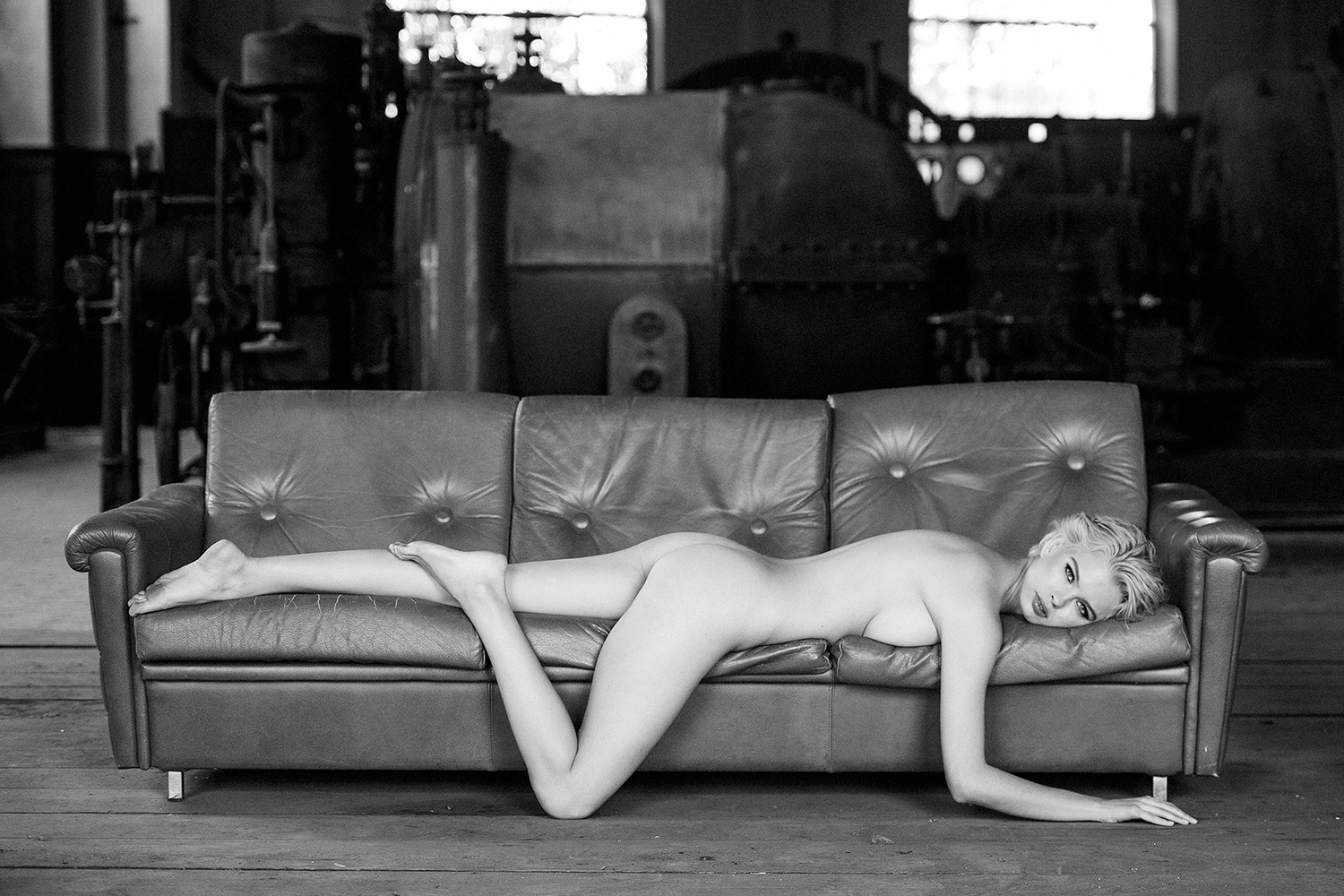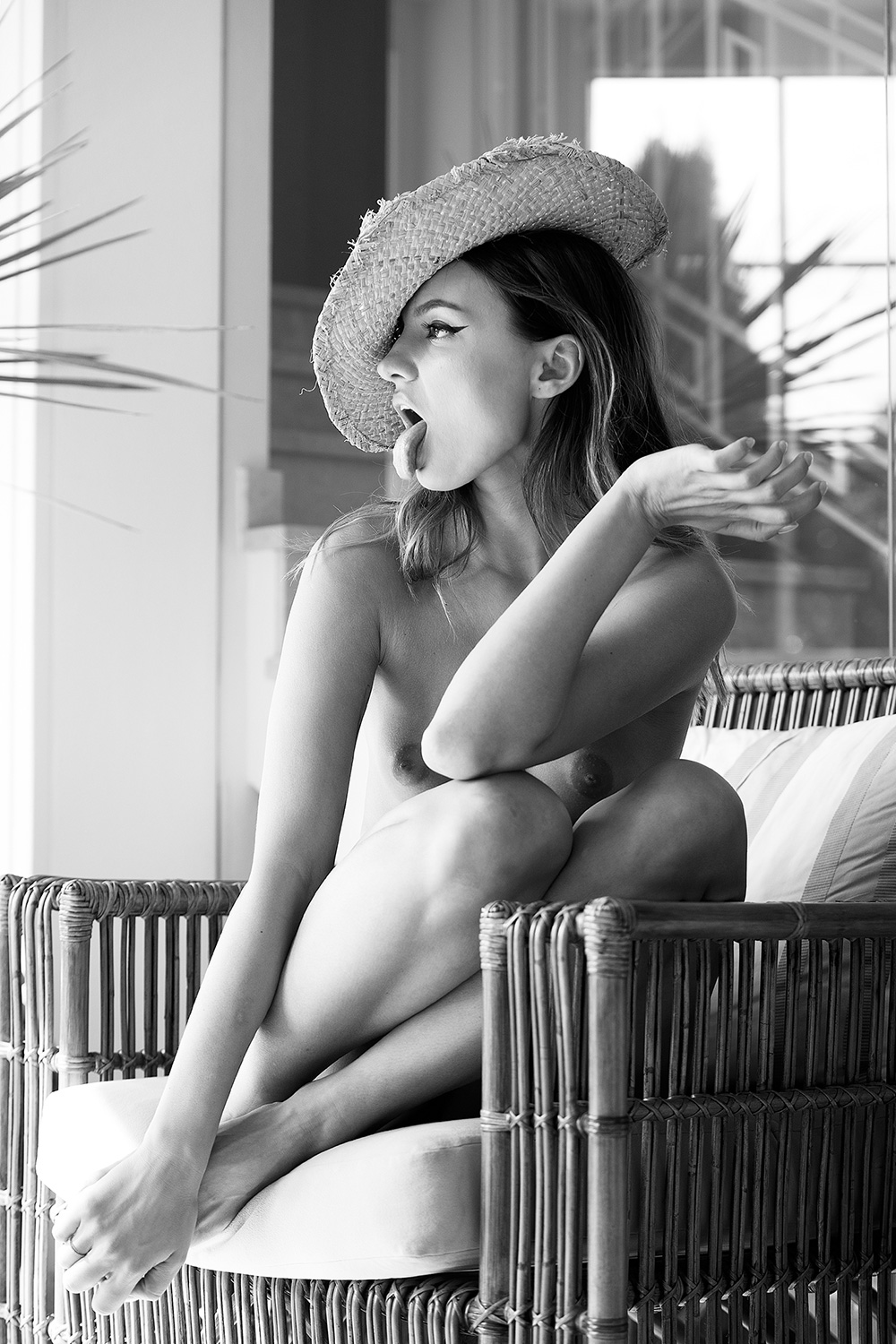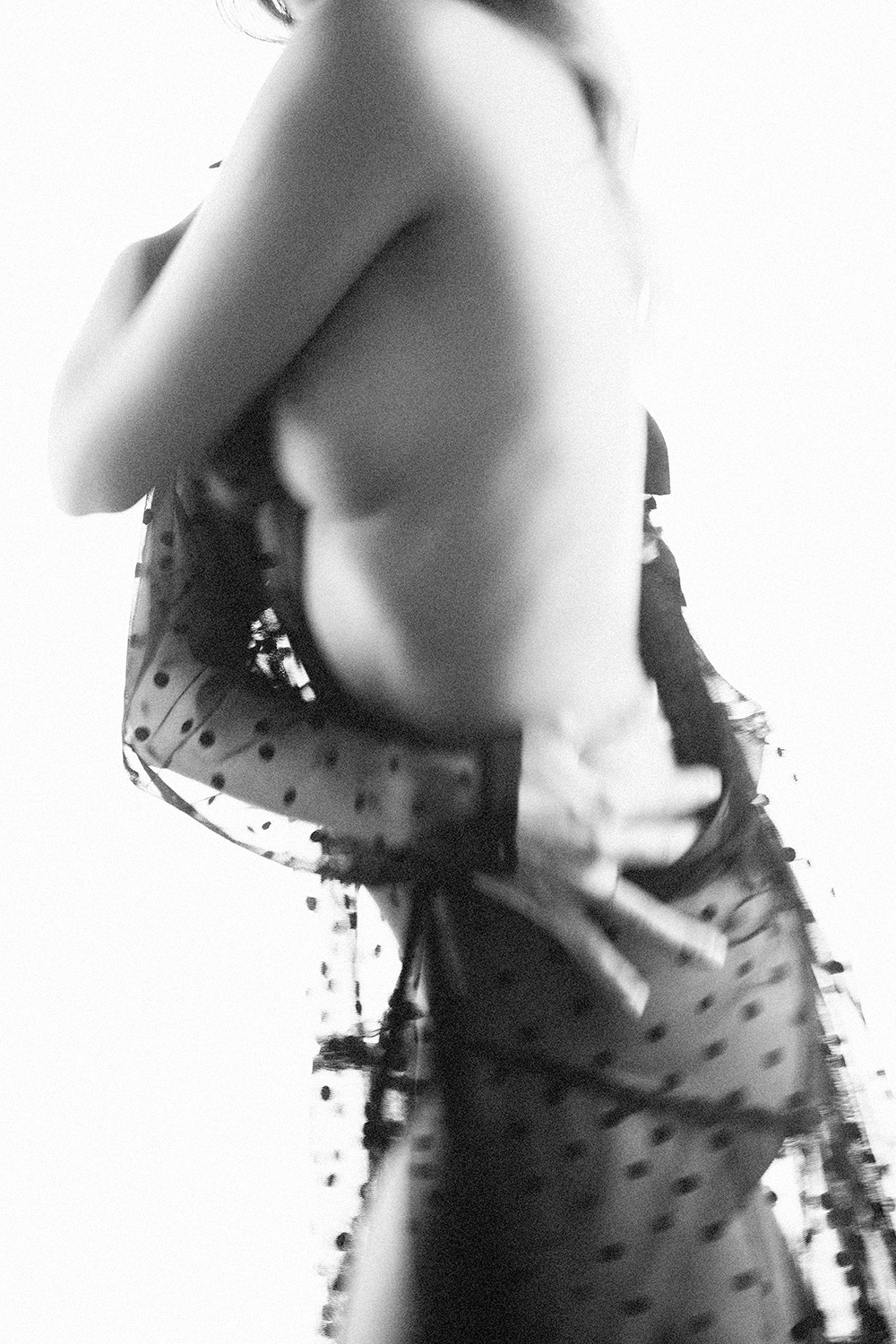
If you want to charge for emotional photography, you get sterile boredom
Perfection. The big goal of many photographers. Everything has to be just right: Textbook lighting, flawless skin, every line razor sharp. But then… nothing happens. No feeling. No moment that sticks. Just a perfectly lit void.
Of course there are technically perfect images that are great – but often they are not. They feel like a glossy brochure for an insurance company: smooth, well thought out, but completely without soul. Emotional photography works differently. It doesn’t need sterile perfection, but real, unpredictable moments.
And this is exactly where the problem begins – because if you only chase technical perfection, you run the risk of losing the very thing that makes a picture special.
Many photographers believe that perfection is the key to strong images. That a photo is only really good when everything is flawless – the pose, the light, the background, every little damn detail. But that’s exactly where emotional photography gets lost. Because the more control you have over an image, the less room there is for genuine, unplanned moments. For expression that doesn’t look contrived. For a look that hasn’t been rehearsed. For what makes a picture come alive.
The problem with technically perfect images is that they are often predictable. They follow the rules, avoid any irregularity – and that is precisely why they lose what makes emotional photography. There is no surprise, no real feeling, no breaks that make the picture unique. Perfection is predictable, but real emotion is not. And it is precisely this unpredictability that makes a photo exciting.
When perfection becomes boredom
I once had a shoot with a very well-known erotic model at the time. It was my first ever payshoot. After years of taking photos with friends on a TFP basis, I wanted to take the next step and work with a professional model. I imagined that this would automatically make the pictures better, perhaps even extraordinary.
The reality was different. She came, saw, stripped down and did her 08/15 poses, and after exactly four hours the job was done. Every picture was technically flawless – perfect exposure, perfect focus, perfect posing. And yet the result was as inspiring as an empty yoghurt pot. No energy, no depth, no trace of emotional photography – just a flawless but completely lifeless image. That’s exactly what I’m trying to do in my Collectors Edition to avoid: Every picture there is technically precise, yes – but never sterile. Because it is never created according to a recipe, but from moments that are real.
After this shoot, I swore to myself: never again. Never again a shoot that’s just about ticking off a list. Since then, I’ve almost only worked with models who want to take great pictures themselves. Who think for themselves, contribute their own ideas and don’t want to do standard poses. Because emotional photography can only be created when both sides get involved in the moment – when the goal is not perfection, but authenticity. The series Modern Madonnas series: raw, unique, wild, direct, sometimes unembellished – but always with soul.
Because that’s the point: a perfect picture is not automatically a good picture.
Why amateur photographers often misunderstand perfection
Many amateur photographers believe that a technically perfect picture is automatically a good picture. They fiddle around with their cameras, measure light, correct the white balance and meticulously check every shot on their display. And in the meantime?
The model has been standing in the same pose for ten minutes and is dying inside.
Too much technology, too little human connection – and that is exactly what kills emotional photography. No matter how sharp or perfectly lit a picture may be – if there is no real connection, it remains lifeless. If you only pay attention to aperture, exposure time and sharpness, you forget the most important thing: it’s not about numbers, it’s about people.
My tip: Make the settings you need and then forget about the technique. Talk to your model, create a relaxed atmosphere, bring in movement. Because emotional photography doesn’t come from perfection, but from real moments.
The secret of the best pictures? They are often taken during breaks.
I talk a lot during my shoots. Maybe too much. But that’s exactly the trick. There’s no boring small talk, no artificial instructions. I laugh, make nonsense, give direct feedback. And it’s in these moments that the magic happens:
A genuine smile. An unexpected expression. A pose that doesn’t look like a manual.
Sometimes it takes a while for the model to open up – but when she does, the resulting images are honest. That aren’t just “pretty” or “aesthetic”, but are the essence of emotional photography.
This is also the reason why I often look at my RAW files again months or even years later. When I first look through them, I pick out the obvious, but when I go back through them later, I find images that I didn’t notice the first time. These are often the best ones. Because it’s often in these unplanned moments that the real emotional photography can be found.
Perfect photos vs. “scribbled” masterpieces
And then there are these other pictures. Pictures that were shot quickly, where the light wasn’t perfect, where perhaps a movement wasn’t quite clean – and yet there is a kind of magic. Something that you can’t quite put your finger on, but which triggers something deep in your subconscious. A moment that fires the synapses, captivates the eye because it simply feels real. You can find some of them in my series SIGNED.FRAMED.ICONIC. – Compact formats, limited, created spontaneously and often more honest than anything that could be staged.
This “something” is difficult to put into words. It is a look, an attitude, a moment that is real. That’s what emotional photography is. It’s what you can’t add in Photoshop. And that’s what makes a picture unforgettable (for me).
It’s not just in photography: perfection is often boring. In architecture, in design, in music – wherever something is meant to touch, it needs friction, breaks, surprises. Perfection can impress, but rarely touch. This also applies to art in general. If you want to read more, you will find an exciting perspectivein this article about creative imperfection.
Why you should avoid the perfection trap
Technology is important. No question about it. But if you focus too much on it, you risk your images becoming lifeless. I’m not saying that you should produce chaos in order to appear artificially “authentic”. But perfection alone is not enough. Emotional photography is not created through flawless technique, but through genuine, unpredictable moments.
The best pictures are created when two people – photographer and model – get involved with each other. When the model no longer thinks about the perfect angle, but simply is. When you as the photographer don’t just see the light, but the person behind it. Because you can’t calculate what makes a picture really strong – it has to happen.
What comes in the second part?
Why exactly is it often the small mistakes that make a picture exciting in the first place? Why are expressive pictures rarely perfect? The next part is about the value of imperfection – and why this is a decisive element in emotional photography.
🔗 Subscribe to our free newsletter now & never miss a thing!




